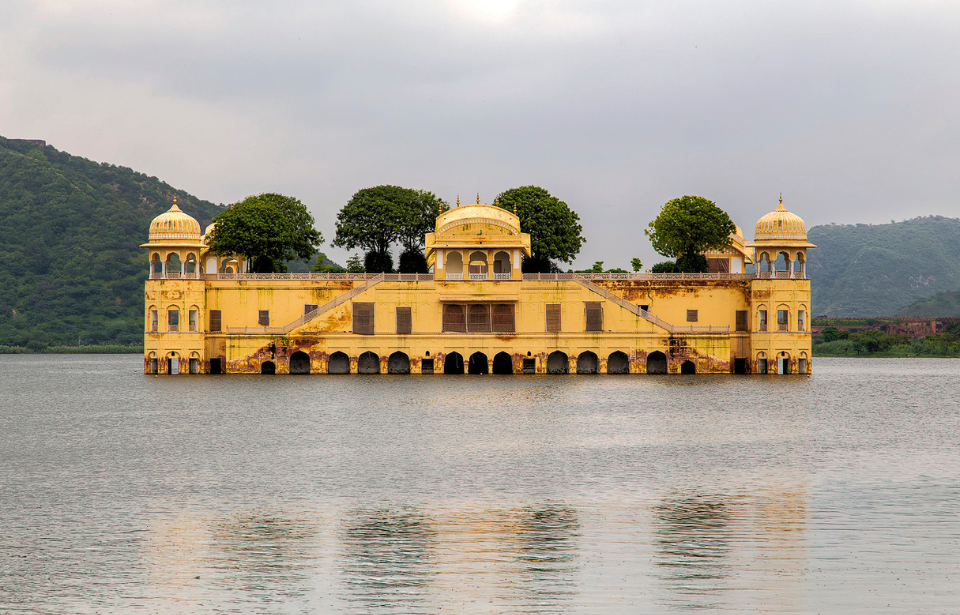Situated in the center of the Man Sagar Lake in Jaipur, India is one of the most architecturally beautiful buildings ever built, the Jal Mahal palace. Also known as the Water Palace, it was constructed in the 18th century, with a combination of styles present in its architecture.
The Jal Mahal combines several architectural styles
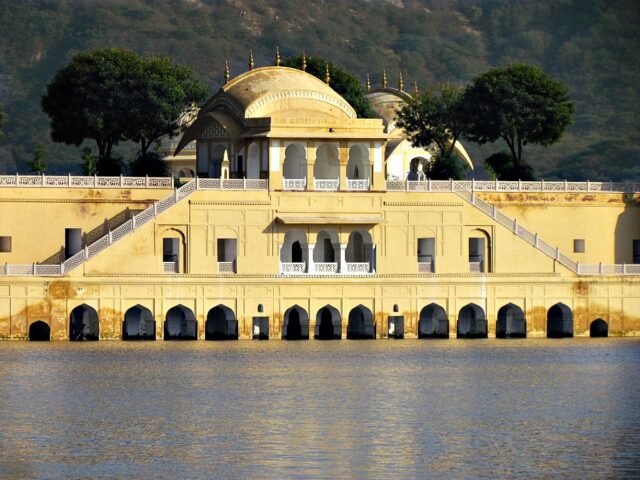
The Jal Mahal was constructed in 1699, nearly 100 years after the Man Sagar Lake, a man-made reservoir, was erected.
The palace has five stories that are constructed in red sandstone. However, as a result of high water levels, only the top floor can be seen. The others are underwater when the lake is at its peak. The interior features hand-painted art and immaculate staircases that only add to the Jal Mahal’s grandeur.
Originally, on the palace’s large terrace, there was a garden featuring semi-octagonal towers with magnificent cupolas situated at each corner. On the roof, there’s a square Chhatri of the Bengal style, and there are octagonal Chhatris at the four corners of the palace.
The Jal Mahal has suffered water damage over the centuries
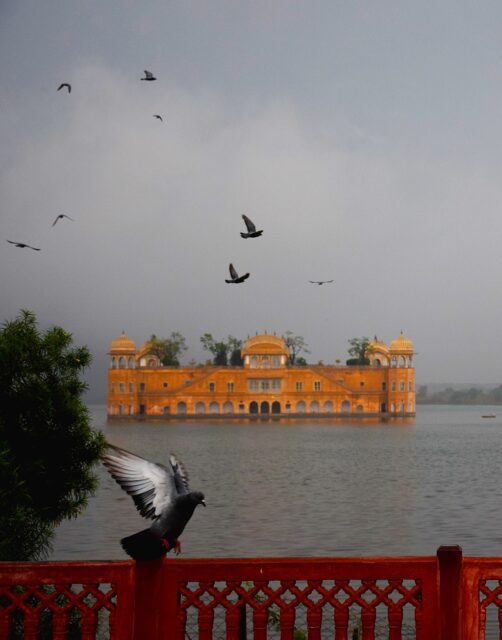
The Jal Mahal has suffered a lot from water damage over the centuries, but it was repaired by the Government of Rajasthan at the turn of the 21st century. This restoration work wasn’t satisfactory, so an expert was sent to examine the design of the building and compare it to the original.
The plasterwork that had been added to the walls was removed. They were replastered with the traditional organic materials used in India. Another improvement was to the terrace, inspired by the one at the Amer Fort.
After its restoration, lights were put on the walls and, when illuminated at night, the Jal Mahal looks like the stuff of fairy tales.
History of the region
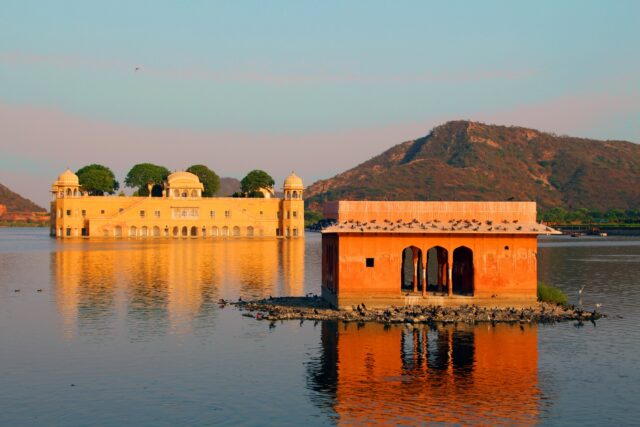
The hills surrounding the Man Sagar Lake are part of the Aravalli Range. In 1596, a famine in the region occurred, caused by drought. The then-ruler of Amer built a dam to store water and help the locals. It consisted of earth and quartzite across the eastern valley.
In the 17th century, the dam was converted into a stone masonry. The 980-foot-long structure still exists today and has three sluice gates, which release water for agricultural land. Since then, the lake, palace and dam have been restored many times by various rulers.
Urbanization has polluted the Man Sagar Lake
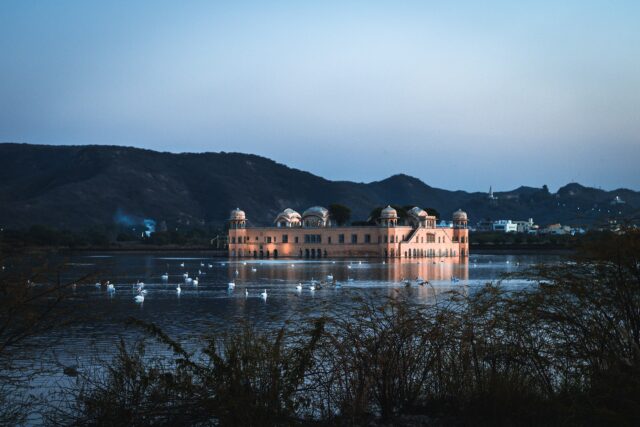
For decades, the Man Sagar Lake provided the locals with drinking water. It was also home to many bird species, including flamingos, pintails, kestrels, marsh sandpipers, gray wagtails and coots.
However, the urbanization of Jaipur led to it becoming a dumping ground for garbage, waste and raw sewage, which severely damaged the ecosystem of the lake and the surrounding area; the groundwater was contaminated, creating health hazards.
After a while, the smell became bad enough to keep visitors away from the Jal Mahal.
Reinvigorating the Jal Mahal
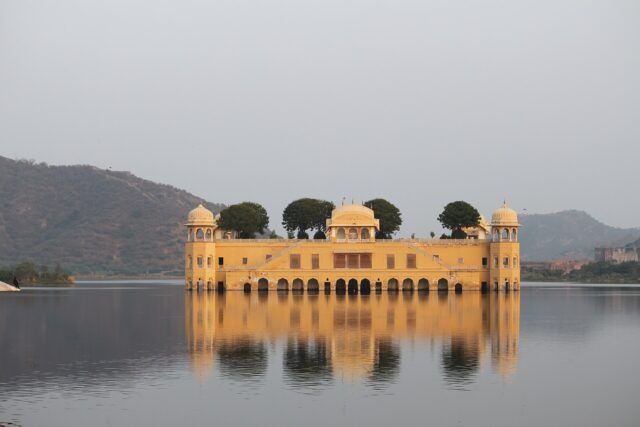
In 2004, the Rajasthan Tourism Development Corporation took over the sitel, intending to turn it into a tourist attraction. For over a decade, work was done to clean up the lake and restore the underwater portions of the Jal Mahal. Birds began to return, indicating that the Man Sagar Lake was cleaner and able to support life.
Even from the road, the Jal Mahal still looks stunning, and it attracts tourists from around the world. Beside the lake, there’s a forested area with a variety of wildlife, including the Indian fox, jungle cats, deer, leopards and boars.
More from us: 6 Modern Ghost Towns That Are the Result of Natural Disasters
It’s hard to believe this remarkable palace was neglected for more than 200 years.
